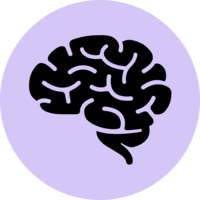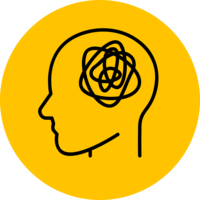Children’s Attention Project (CAP)
The CAP aims to map the course of ADHD symptoms over time and to identify risk and protective factors associated with differential outcomes. Almost 500 participants were recruited from 43 primary schools in Melbourne, Australia. At baseline in 2011 or 2012, participants were in Grade 1 (aged 6 to 8 years) and included children with and without an ADHD diagnosis. There were five follow-up waves every one to two years until 2019. The Neuroimaging of the Children’s Attention Project (NICAP) sub-study is a neuroimaging study of approximately 200 children from the CAP. NICAP’s aim is to determine how brain structure and function change with age in children with and without ADHD and whether different trajectories of brain development are associated with variations in outcomes. NICAP waves occurred at the same time as CAP waves 3, 4 and 5.
Study design
Cohort
Number of participants at first data collection
497 (participants)
Age at first data collection
6 - 8 years (participants)
Participant year of birth
Varied (participants)
Participant sex
All
Representative sample at baseline?
No
Sample features
Country
Year of first data collection
2011
Primary Institutions
Murdoch Children’s Research Institute (MCRI)
Profile paper DOI
Funders
Collier Foundation
Murdoch Children's Research Institute (MCRI)
National Health and Medical Research Council (NHMRC)
Ongoing?
No
Data types collected



- Computer, paper or task testing (e.g. cognitive testing, theory of mind doll task, attention computer tasks)
- Interview – face-to-face
- Interview – phone
- Physical or biological assessment (e.g. blood, saliva, gait, grip strength, anthropometry)
- Secondary data
- Self-completed questionnaire – paper or computer assisted
- None
- Functional magnetic resonance imaging (fMRI)
- Magnetic Resonance Imaging (MRI)
- Education data
- Existing research data
- Healthcare data
Engagement
Keywords
Consortia and dataset groups



